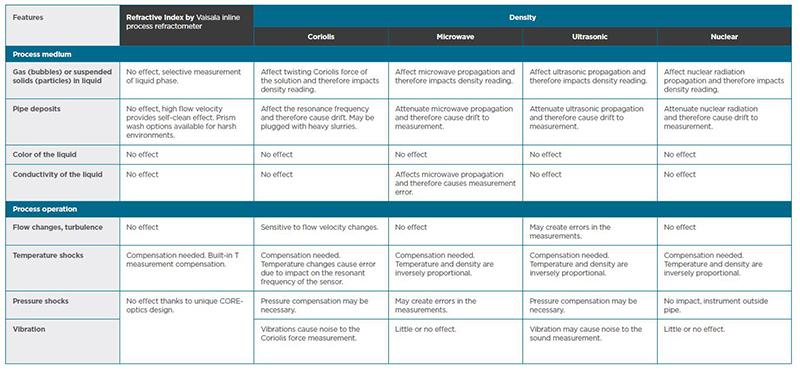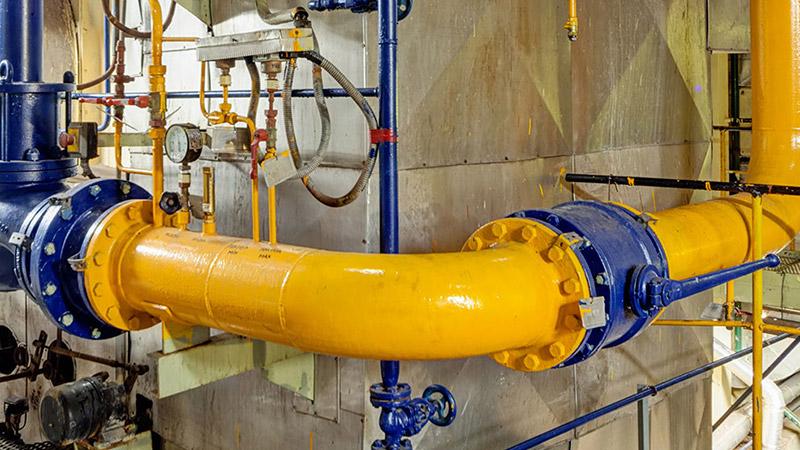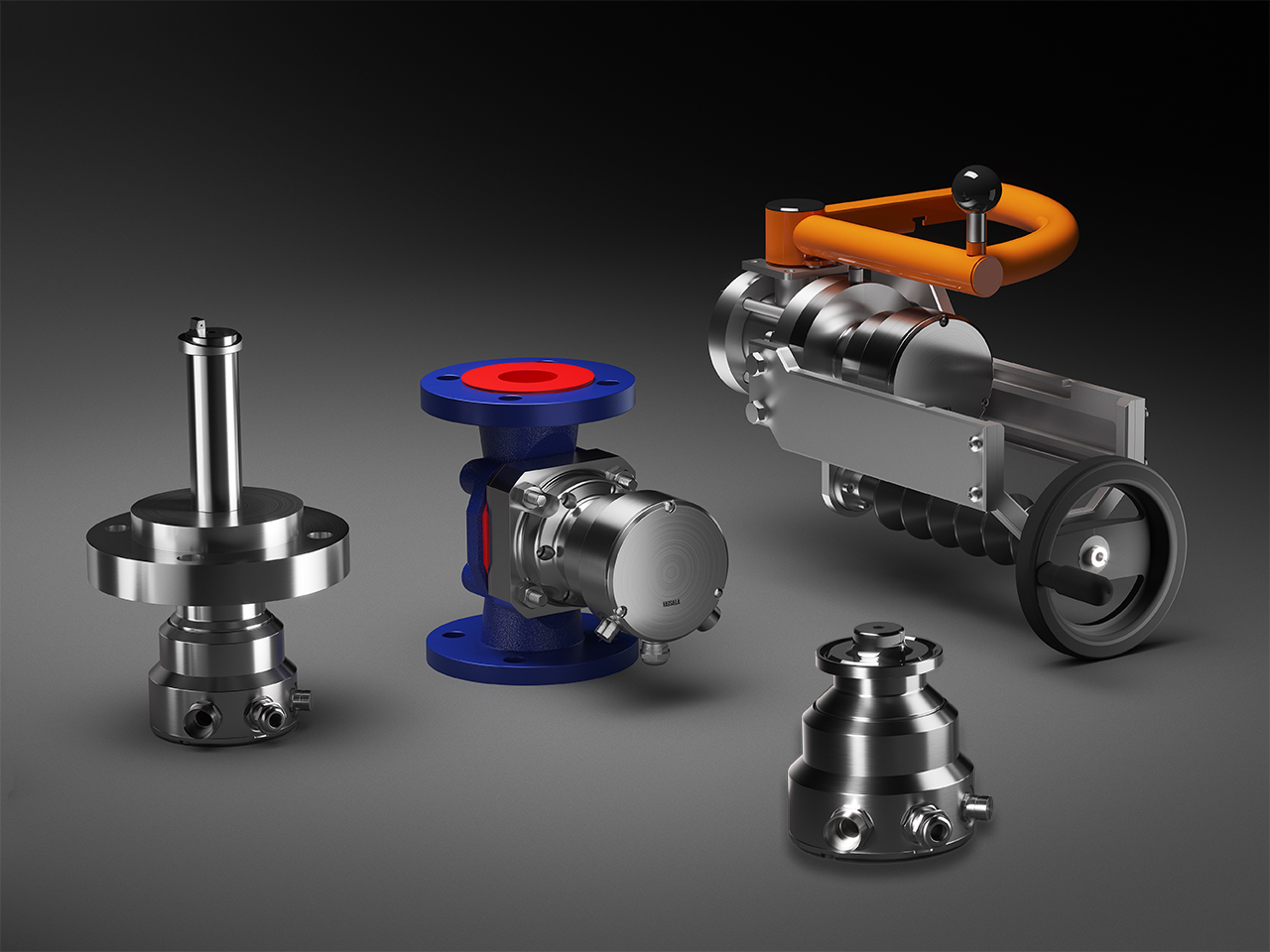Refractive Index Measurement: A flexible solution for liquid chemical sensing
Liquid chemical processes that benefit from refractive index measurements are varied from a wide range of salts within the chemical industry, as in both water- and petroleum-based chemicals. Across industries, RI is relevant for water-based chemicals like glycols, resins, and polymers; petroleum chemicals such as plastics and solvents; And in petroleum industrial additives, lubricants, waxes and the like.
In this blog, we answer the questions we did not have time to address during our webinar "Liquid Measurements in demanding chemical applications: Density Vs. Concentration". If you haven't yet watched the webinar, you can view the recording at any time.
Question: In the future will it be possible to measure very small amounts of water (ppm level) in organic solvents? This would be very useful for organic chemistry applications such as distillation or evaporation of organic solvents to remove as much water as possible.
Answer: Yes. The Vaisala refractometer can measure small amounts of water in solvents if they are dissolved in the solution. Currently, the sensing limit is around 100 ppm, but it depends on process parameters like temperature the medium itself.
Question: We blend two products on the fly via static mixers and pressure. Can an inline refractometer help us determine the percentage of each material present during the entire blending process? We currently take samples at the beginning, middle, and end of the blending process. We currently use Gas Chromatography to determine the concentration of each material at these sampling points, but that can take 1-2 hours per sample.
Answer: Yes. We can calculate concentration ratio if we know the concentration of feed products. Please send us more information on your specific chemicals and we can verify suitability in detail.
Question: Is there a correlation between concentration and pH on spent Sulfuric acid?
Answer: Yes. Please contact us to speak to an application engineer and learn more.
Question: Can this sensor send a 4-20 mA signal to a device?
Answer: Vaisala Polaris refractometers have built-in 4 … 20 mA and Modbus RTU outputs.
Question: I see a lot of flow-through installations. Can Vaisala’s refractometers be installed in a submersion application into a tank or other vessel?
Answer: Yes. You can install the Vaisala Polaris inline refractometer directly to a tank or vessel. We have standard sensor flange connections. See more on the PR53 GP product page for details.
Question: I often get questions about the compared accuracies between Coriolis and Refractometers. Can you address this?
Answer: Yes, we have a comprehensive table in our eBook that compares key features of common liquid measurement methods: Coriolis, microwave, ultrasonic, and nuclear. Below is part of the table. To view the entire table, including comparisons of installation options, maximum operating temperature, operating pressure, typical accuracy, long-term stability, verification and more, please download the PDF.

Question: Do Refractive Index measurements work for dark fluids?
Answer: Yes. Because the refractometer measures reflected light the process medium can be completely dark, clear or anything in between. This is one of the unique properties of inline refractometers and refractive index measurements, making them flexible in liquid chemical measurement applications.
Learn more about Vaisala refractometers in liquid chemical processes.



Add new comment